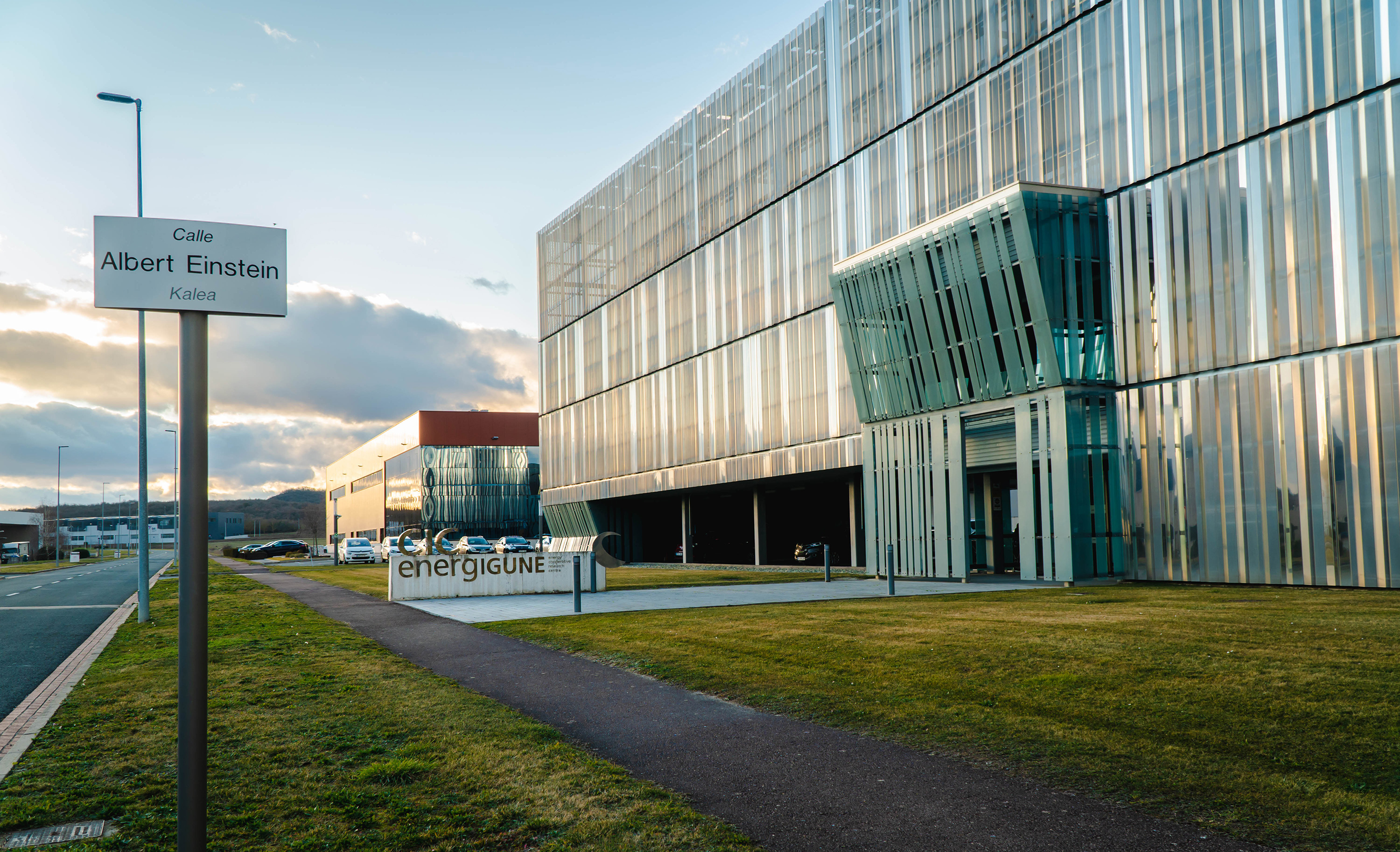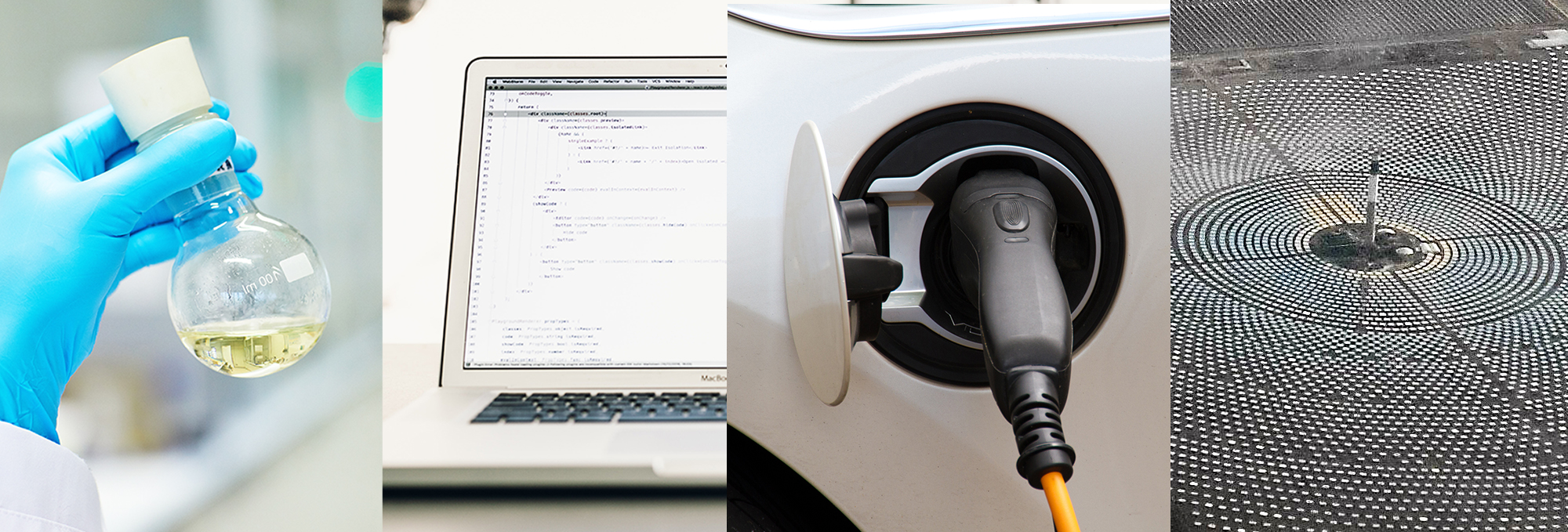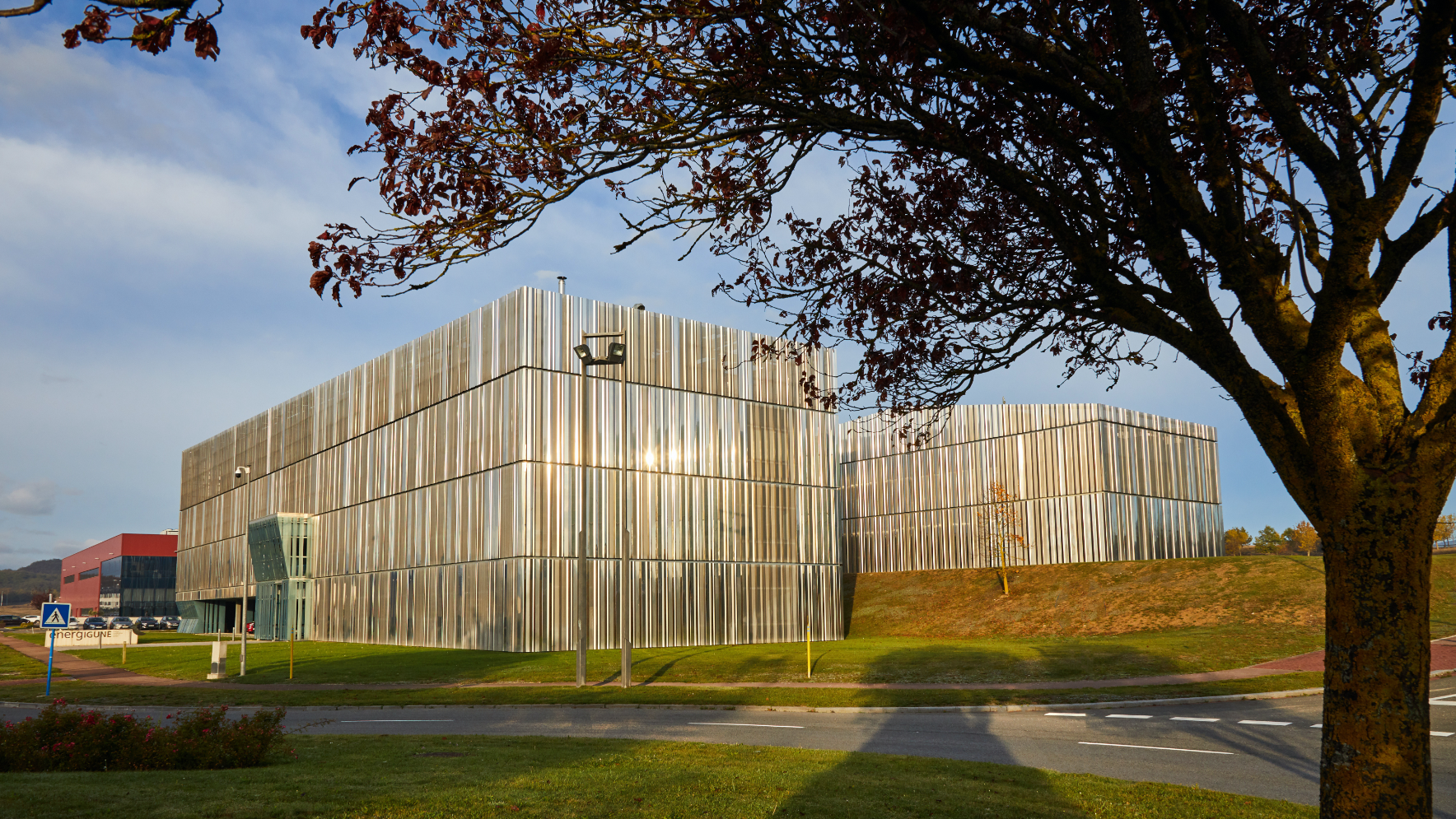CIC energiGUNE, a leading Basque research center in electrochemical energy storage and conversion and thermal energy storage and conversion, aims to create a viable alternative for the recovery and storage of waste heat at low and medium temperatures, with the objective of capturing the more than 460 Terawatt-hours (TWh) generated by this type of energy that are wasted every year in the European Union. This work is part of the STES project, led by the Basque center and funded by the ´Knowledge Generation Projects 2023´ program of the Ministry of Science, Innovation and Universities.
“If we take into account that one TWh could feed, approximately, the whole of Spain for a week, we can get an idea of how important it is to advance in the recovery of this type of waste heat,” said Yaroslav Grosu, Principal Investigator of the STES project at CICenergiGUNE and head of the Interfacial Phenomena and Porous Media group at the Basque center.
According to data recorded by the EU, 468 TWh of waste heat below 100°C and another 300 TWh of industrial waste heat at 100°C-200°C are dissipated on the continent every year, and the main reason is that there is no satisfactory recovery solution. Through STES, CIC energiGUNE aims to solve this problem by developing viable thermal energy storage materials with high energy density and, at the same time, low cost.
Specifically, STES aims to discover fundamental properties of nanoconfined supercritical fluids (cSCF) to develop a novel approach to thermal energy, simultaneously achieving high energy density, low operating temperatures and pressures, simple implementation and environmental compatibility. To this end, an innovative concept previously developed at the Basque center, which has enabled the reduction of the critical water temperature to ~100°C, will be further developed.
“This reduction in critical temperature is unprecedented and has been achieved because we used an approach never before considered in the study of confined fluids,” said Professor Grosu. “Instead of condensing the vapor phase within the cavities of the porous material, which limits the pressure to values below the saturation pressure of the fluid, we introduce the fluid in a liquid state, resulting in water confined in nanoporous materials with high hydrophobicity such as metal-organic structures, functionalized silica and zeolites that can also be of natural origin.”
The STES project also includes the construction of a demonstrator to test the applicability of the materials developed. This opens the door to minimizing the industry´s carbon footprint and the efficient use of resources. The project will also facilitate the implementation of decarbonized processes and allow problematic waste to be used as raw material, which will contribute to long-term sustainability by reducing the overall environmental impact.
“While STES starts from high quality advanced nanoporous materials for fundamental understanding and knowledge generation, the goal is to extend the project results to economic waste or natural porous materials,” concluded Prof. Grosu.




